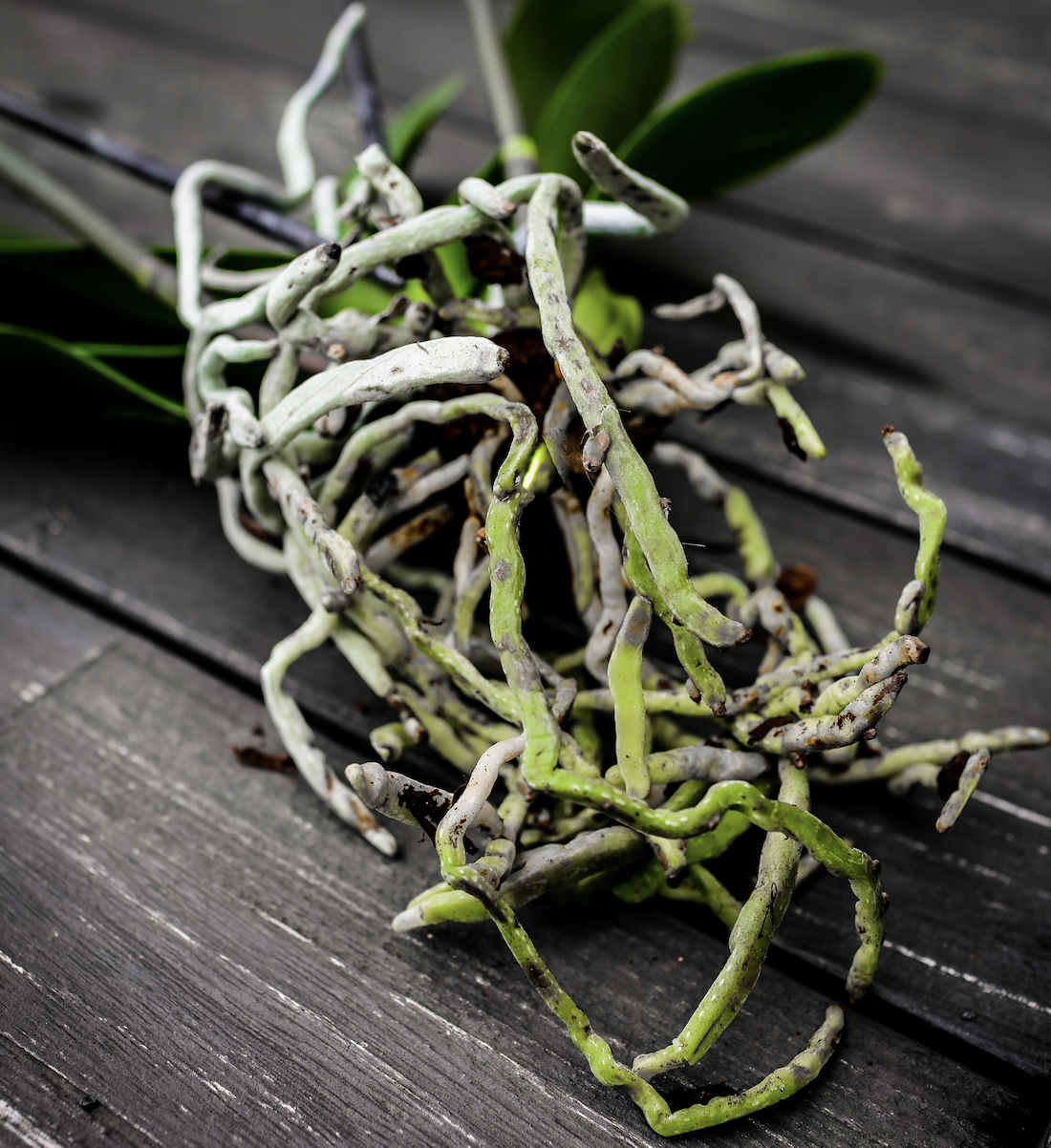
Root rot is a disease that Phalaenopsis orchids succumb to when they have been subjected to too much water. Sometimes orchids are purchased that are already suffering from root rot, but the signs of the disease are subtle. Because root rot is the most common disease with orchids, it is important for orchid owners to know the signs so that the disease can be stopped quickly.
Early detection of root rot in orchids can prevent severe damage. Look for wilting leaves that feel floppy and lifeless, discolored roots that are brown or black instead of firm and white, and stunted growth. These are classic signs of orchid root rot. Healthy orchid roots should be plump and vibrant, not mushy and dark.
To distinguish root rot from other issues like underwatering, check the roots. Underwatered orchids will have dry, brittle roots, while those with root rot will be mushy and slimy. If you're unsure, gently remove the orchid from its pot and inspect the roots. Using tools like a moisture meter can help you maintain the correct watering routine and prevent root rot from developing.
Dark, slimy roots that fall apart to the touch are never a good sign for your plant. While symptoms that appear out of nowhere may seem to have a cause related to disease, in most cases root decay is caused by growing conditions rather than disease.
The two main diseases that cause technical “root rot” are called Pythium and Phytophthora. Both are serious pests in the plant world.
However, as mentioned before, most cases of root decay are not caused by a disease but by growing conditions. To remedy root decay issues, simply alter your watering routine, repot into rooting media that has better drainage, or move the plant to an area with better air circulation and lighting. You may want to trim away decayed roots that are dark in color and mushy. Keep in mind that you cannot reverse root decay — you can only change the growing conditions of your orchid to encourage better growth.
Preventing root rot is essential for your orchid's long-term health. Water your orchid only when the top inch of soil feels dry. Overwatering is a common mistake that can lead to root rot, so it's important to develop a consistent watering routine based on your plant's needs and environmental conditions. Using a well-draining orchid potting mix is crucial to avoid excess moisture retention.
Choosing the right pot with ample drainage holes is another key prevention strategy. Consider using a clear pot to easily monitor root health and moisture levels. Regularly inspecting your orchids for signs of distress and maintaining a balanced fertilizing routine can also reduce the risk of root rot. By combining these practices, you can create a thriving environment for your orchids, ensuring they remain vibrant and beautiful.
Just Add Ice has the perfect solution for watering Phalaenopsis orchids. All you need is three ice cubes for your orchid once a week for proper watering. We offer a free desktop watering calendar that can be personalized for your watering schedule.

Copyright Just Add Ice® Orchids 2023